What is Ceiling Types and Materials?
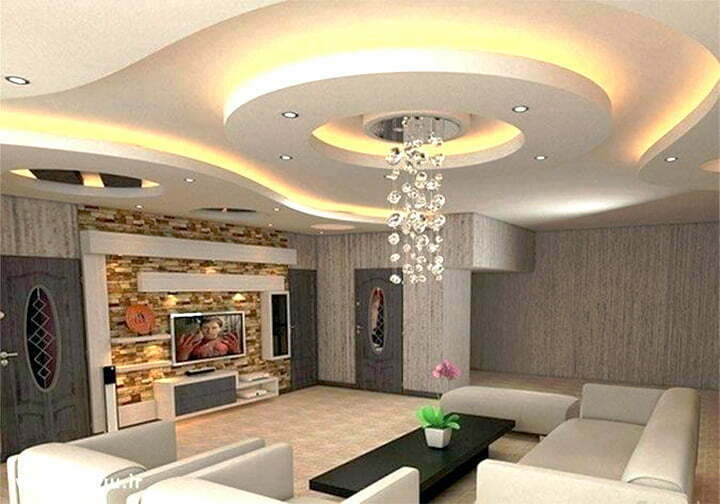
Ceiling: The top boundary of a room is defined by the ceiling, which is an above interior surface. It is a completed surface that conceals the underside of the floor or roof structure above, rather than a structural part.
Table of Contents
1. Types of Ceiling:
1.1. Beamed Ceiling:
The load-bearing hardwood beams of a beamed ceiling are visible. To replicate the rustic impression of this traditional style, some designers place ornate false beams on the exterior of an existing ceiling.
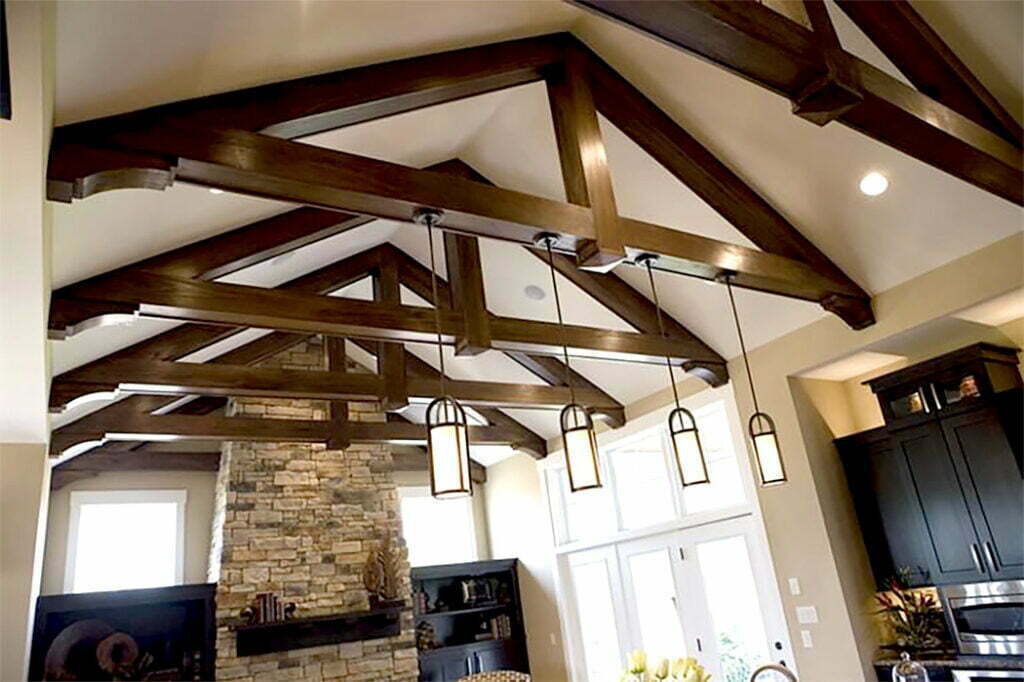
1.2. Conventional Ceiling:
A traditional ceiling is constructed using the same drywall that was used to construct your room’s walls. It serves as a fifth wall, concealing the ceiling’s inner structural features such as insulation, beams, and cables. The standard conventional ceiling height is eight feet, however some normal ceilings can reach ten to twelve feet.

1.3. Tall Ceiling:
A high ceiling adds a sense of spaciousness and openness to any room. These ceilings can be found in a double-height room, as in the image, or in the common spaces of duplex homes or bungalows, with the goal of linking two floors with an atrium to create an interacting environment. However, a high ceiling has the disadvantage of wasting a lot of energy cooling this double-height room, resulting in higher air-conditioning expenditures.

1.4. Barrel Vault Ceiling:
A barrels vaulted ceilings is a barrel-foam ceiling with a continuous arch running the length of it. Those ceilings are installed throughout a lengthy corridor.
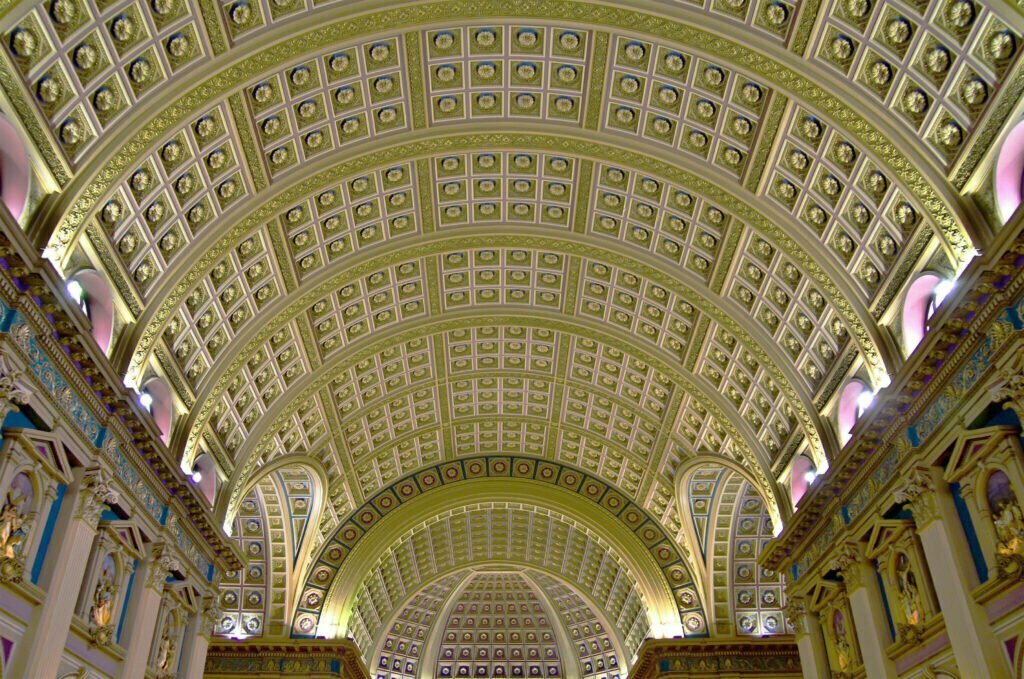
1.5. Shed Ceiling:
Its shed ceiling slopes towards one side of the enclosed or semi-open space. These sort of ceiling is commonly found in homes with an attic area or a room located immediately beneath the home’s slanted roof.

2. What Kinds of Ceiling Materials Are There?
The ceiling not only supports the upper floor of the home or the roof, but it can also improve the appearance of a room or a corridor if the proper ceiling colors are selected to complement the overall design of the walls. The room would be incomplete without a ceiling. It’s why builders pay great attention to the materials they use because if they use mediocre or inferior materials, the ceiling would eventually collapse, causing the house to have further difficulties.
2.1. Tins Ceiling:
Before mineral fiber tiles were widespread in the late 19th and early 20th centuries, ceiling tins, which are tiles made from tin plates, were the most common material in North America.
Among the most fascinating aspects of ceiling tins is that they are frequently embellished with embossed or debossed designs, making the ceilings stand out in the room or corridor. Because it is less costly, it was also used as a substitute for hardwood panels during the era when they were fashionable.

2.2. Ceiling Tiles:
Are the most common type of material used in homes and buildings because they are the most generally accessible and less expensive than other options.
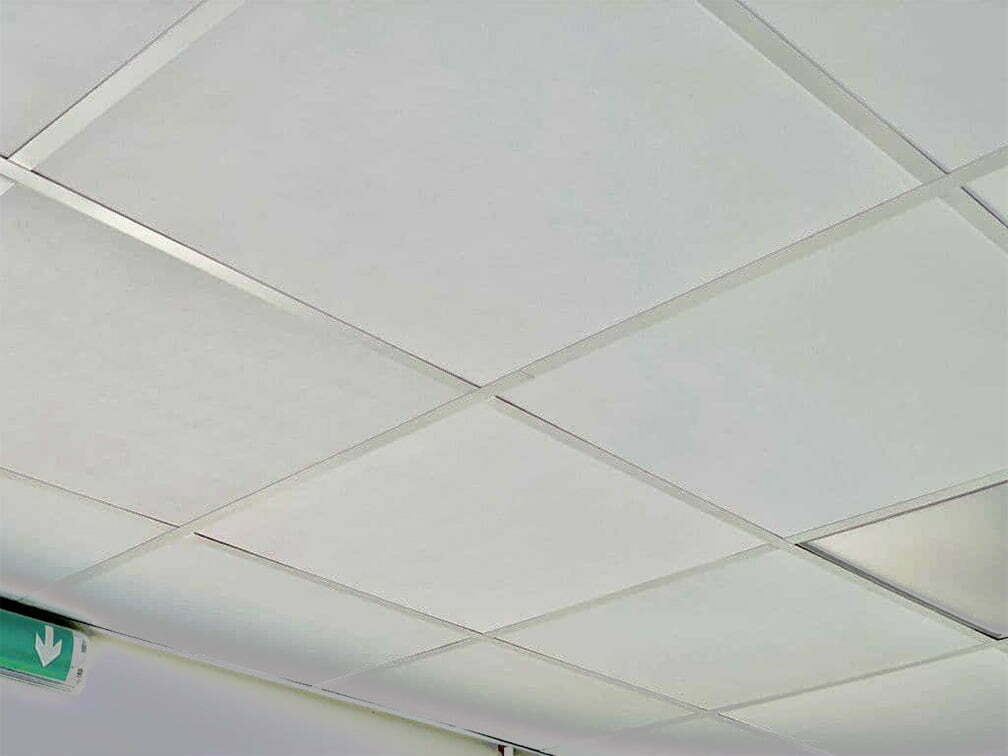
2.3. Panels Made of Wood:
Ceiling panels made of wood will undoubtedly give your area a vintage appeal. They’re usually installed vertically, but you may alternatively put the panel diagonally to give it a new look.

2.4. Drywall:
Drywall is a material often used in walls that is also utilized in ceilings to reduce construction time since it can be purchased pre-made and quickly connected to portions of a space utilizing glue products.
Ceiling panels can take a long time to install, however drywall will make it easier for the builders to finish your ceiling and will require less workers to apply each piece of drywall. Gypsum, also known as calcium sulfate dihydrate, and thick sheets of backer and facer paper are used to make drywall. Gypsum has been shown to be a particularly hard substance, making your ceiling sturdier and more long-lasting.

2.5. Plaster with Stenciling:
Should you want a more beautiful look for your ceiling, have the builder install plaster beneath the tile or drywall.
Plaster, sometimes known as stucco when used for decoration, is a substance comprised of building materials, water, and a binding agent that is used to impart texture to walls or ceilings. If you have a basic white ceiling, you may add some personality by stenciling designs in plaster.
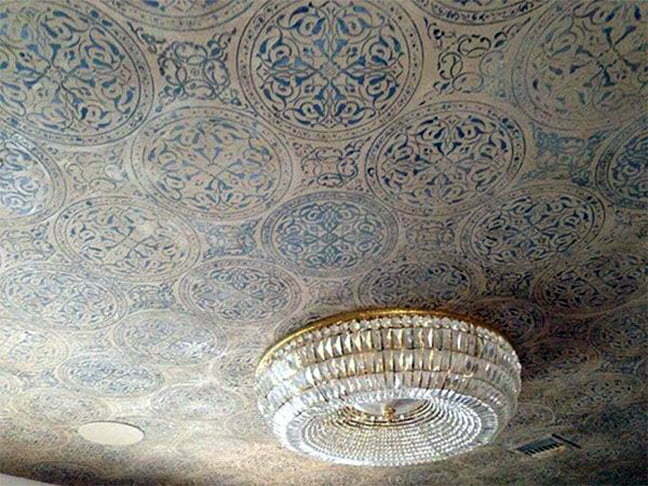
3. What exactly is PVC Ceiling?
PVC is a durable, lightweight plastic material that is factory-made into ceiling panels in a variety of styles, colors, widths, and lengths; each panel has a hollow core and a smooth, shining surface.
4. Is it preferable to use PVC or Paint?
PVC tiles are extremely resilient, lasting for years without distorting or breaking. In terms of longevity, they outperform not just paints but also other walling alternatives. These panels also experience reduced wear and tear, necessitating just little upkeep. Paint of good quality can last for several years.
5. What is the Best Ceiling Trends 2022?
- Natural Wood
- Glass
6. New Wallpaper Ceiling Design 2022:
Wallpapering the ceiling is a cost-effective and very straightforward technique to adorn it. These aren’t too demanding and may hide minor flaws. Fabric, synthetic, and paper ceiling wallpapers are available in a variety of materials
- Fabric Wallpapers
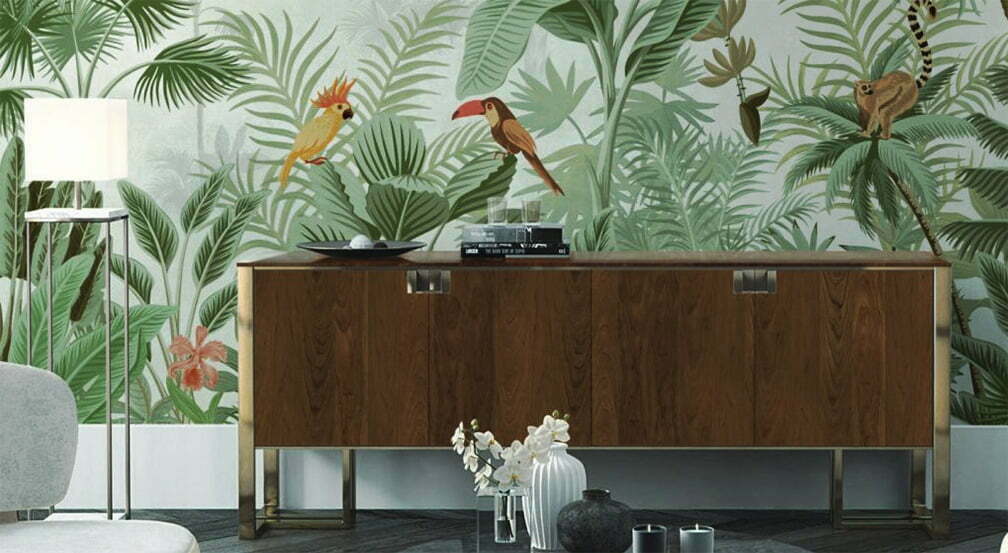
- Synthetic Vinyl wallpaper

- Paper
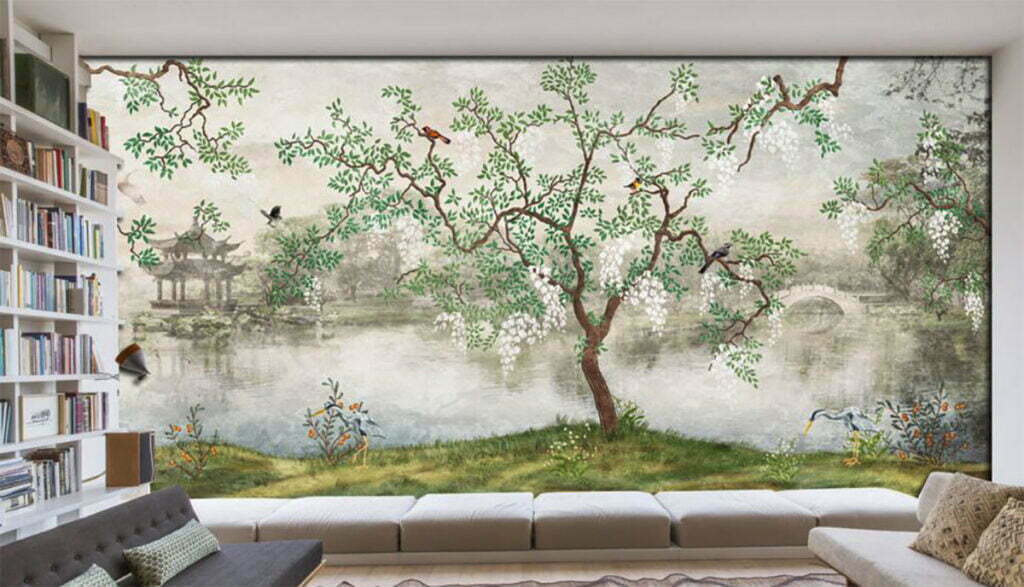
7. Suspended Ceiling Trends
Designers may use modern suspended ceilings to create fully unique homes that showcase their creativity and creative flair. Despite the vast quantity of ornamentation in the interior, free lines flowing easily into one another and blue neon lights provide a sensation of lightness.You may construct a ceiling with any surface in a few hours with the aid of a tension structure: whatever flaws and fissures the foundation has, they will be disguised by a fabric stretched 10-15 cm above.
- The PVC Stretch Ceiling
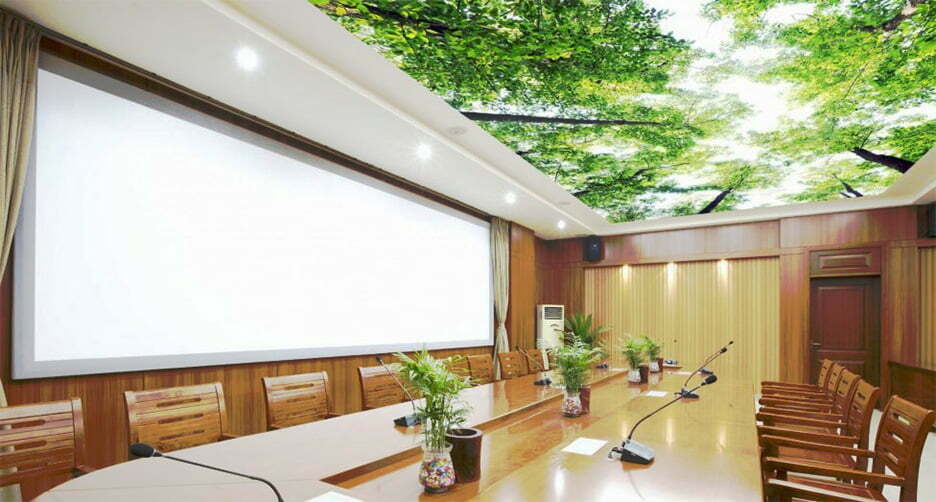
- The Fabric Stretch Ceiling

8. Dropped Ceiling Design:
The defects in the ceilings behind suspended structures are also hidden. Furthermore, you may conceal cables from any type of lighting equipment, including spotlights and chandeliers, behind the pendant pieces, allowing you to create an original lighting system.
- Drywall

- Rack Ceiling

9. The Décor of Ceiling Design:
The type of ceiling you pick is also determined by the design of the apartment and how the lighting is organized.
- Colors & Shape

- Ceiling with lights

If you want further information on the interior design or construction of your Home, please contact our professional staff. Arco Desk https://www.arcodesk.com/about-us/ is a firm comprised of experienced architects, interior designers, and engineers.





